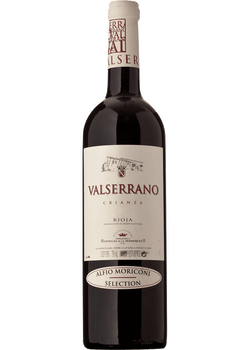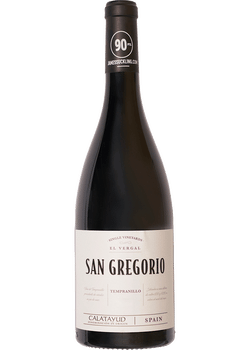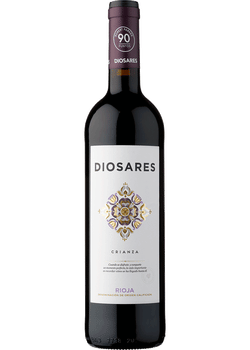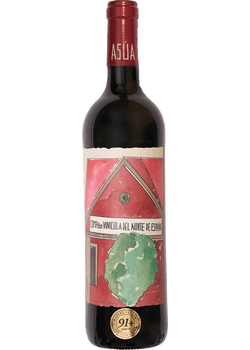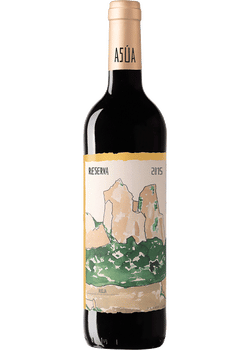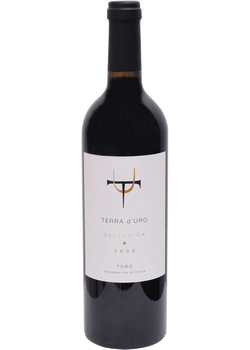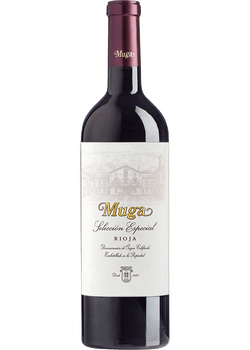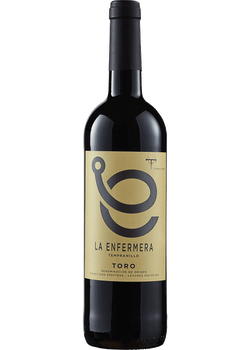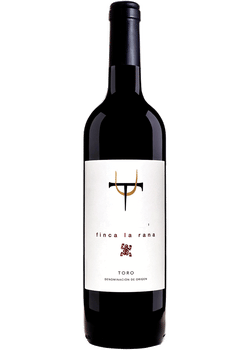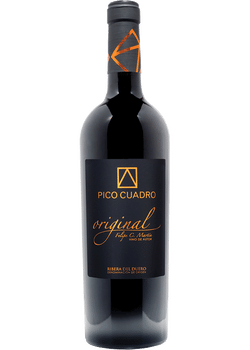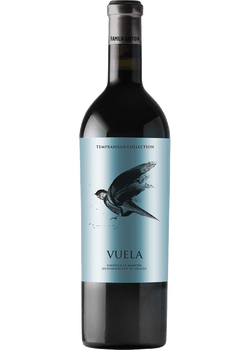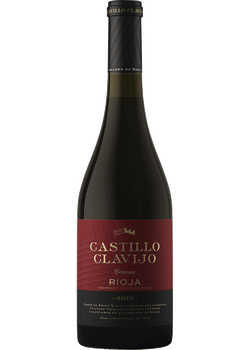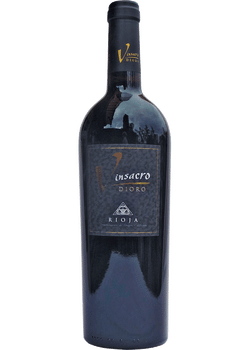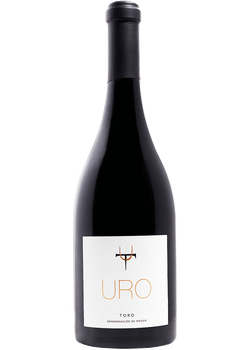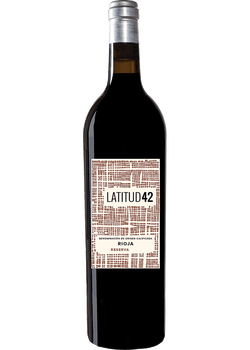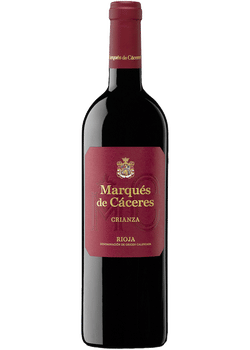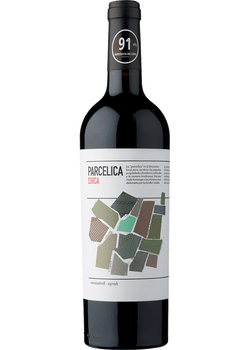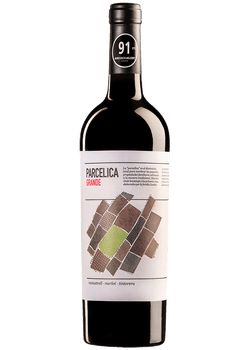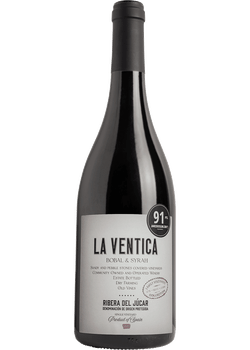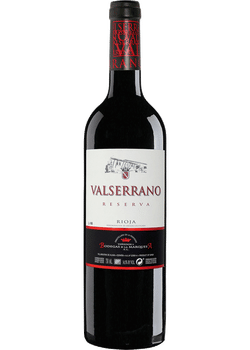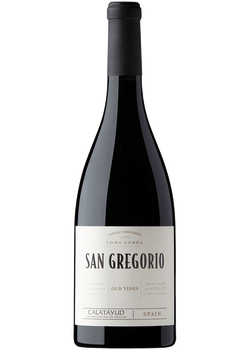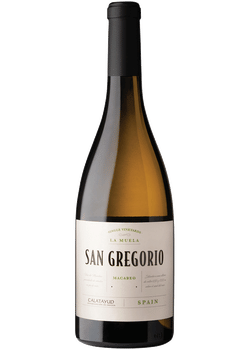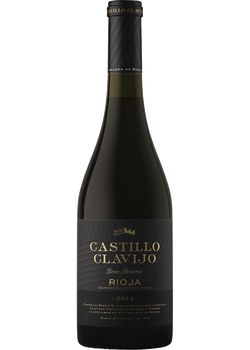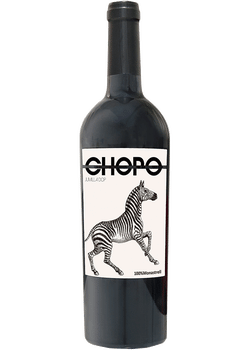Tempranillo (pronounced tem-prah-NEE-yoh) is the great red winemaking grape of Spain. These thick-skinned grapes need warm days to ripen and develop flavor, complemented by cool nights so they do not lose too much acid. Wines are usually fresh and fruity, but flavors can become more complex with age. Savory notes combined with acidity and tannin make Tempranillo a food-friendly wine that you should not overlook the next time you are reaching for a bottle.
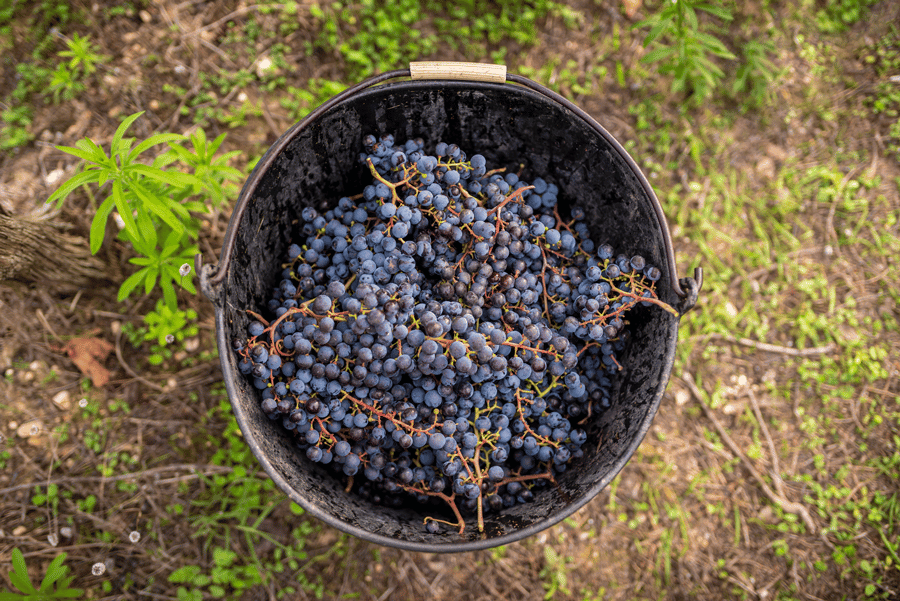
4 facts you should know
- The name comes from the word temprano meaning “early”, as the grapes ripen before many other varieties in Spain
- Tempranillo is the third most planted grape variety in the world
- This grape goes by more than one name, including Tinto Fino, Cencibel, Tinta del Pais, Ull de Llebre, Tinto Aragonez, and Escobera
- A mutation called Tempranillo Blanco is a white grape with tropical fruit flavors
Color

Taste profile
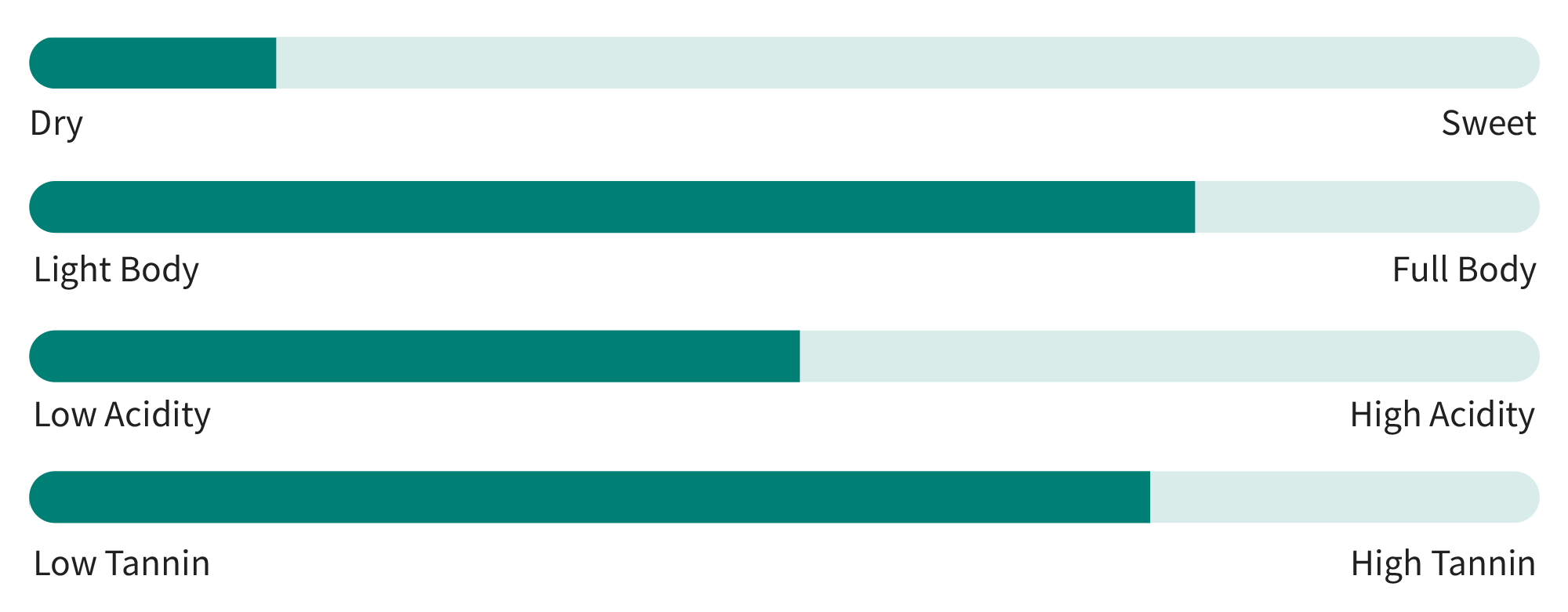
As with many grape varieties, the style of wine differs based on where the grapes are grown and how the wine is matured and aged. Tempranillo grapes have thick skins that create a medium ruby to garnet color. The grapes need warm days to develop flavors, but if it is too hot and not enough cooling occurs at night, they will lose acidity making the wine unbalanced.
Medium to high levels of tannin makes Tempranillo red wines great for aging. With age, the tannins soften and additional aromas and flavors develop. Spain has a specific labeling designation based on how long the wines are aged which we will cover a little later.
Primary flavors
![]()
Tempranillo is generally a fresh, fruity red wine, but flavors can become more complex as it ages. In a young wine, you’ll find ripe fruit flavors and aromas of strawberry, cherry, blackberry, and plum. Tempranillo is often aged in American oak barrels that impart vanilla and toasty flavors. As the wine ages, it can develop more complex flavors such as leather, smoke, and tobacco.
If you want to compare it to other wines, a young medium-bodied Tempranillo is similar to Sangiovese and Merlot, but not quite as full-bodied as Cabernet Sauvignon or Malbec.
Key winemaking regions
Tempranillo is primarily grown in Spain, but you can find it in other countries, including Portugal, France, and the United States.
Spain
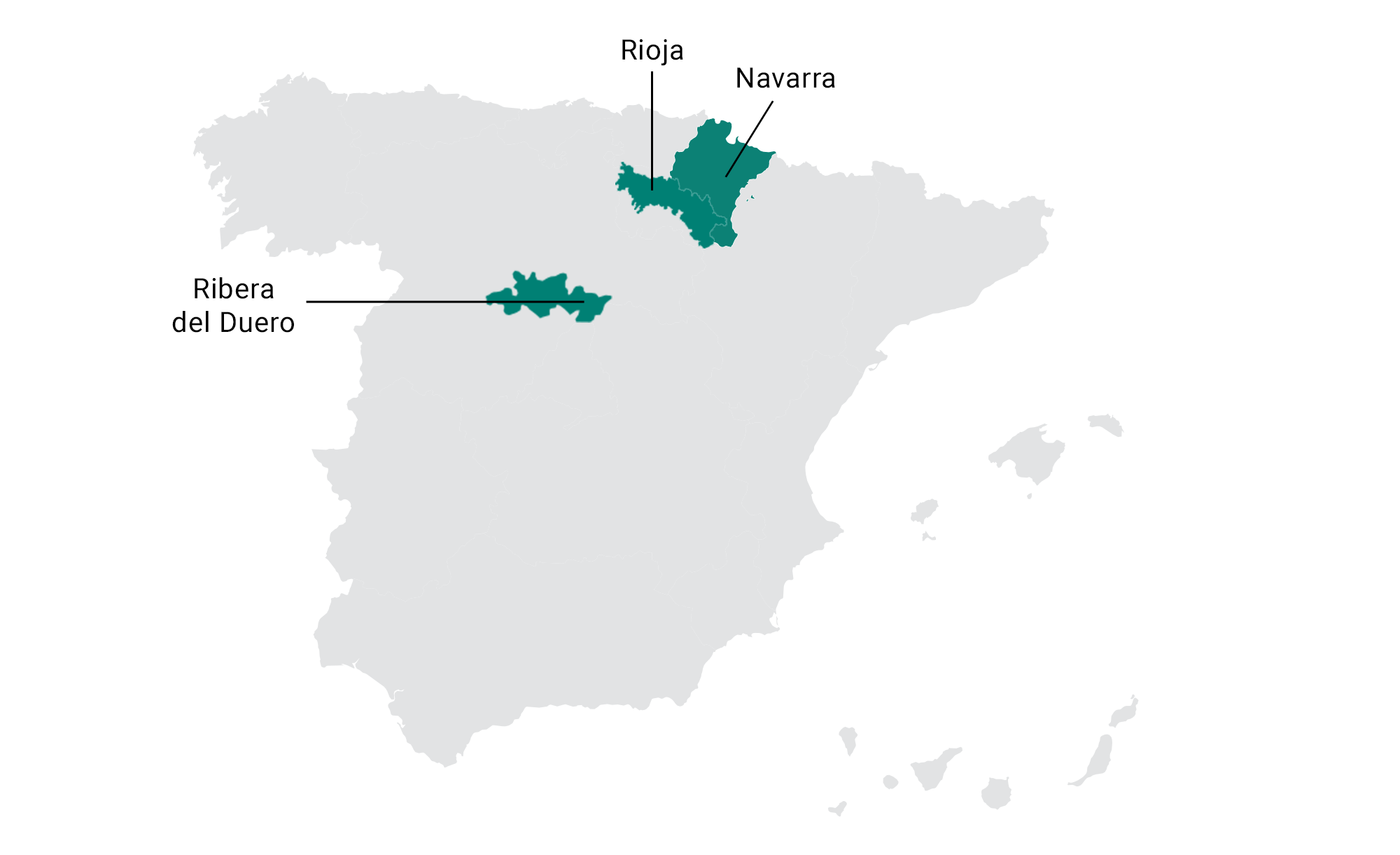
Tempranillo is the most planted grape in Spain, growing over 80% of the grape around the world. Rioja, Navarra, and Ribera del Duero are the three primary regions it is grown. It can be made as a blend with other red grapes or on its own in a single varietal wine. Tempranillo may go by one of its various local names: Abundante, Cencibel, Tinto de Madrid, Tinta del País, Tinta de Toro, Tinto Fino, and Ull de Llebre.
Rioja is probably the most well-known region that grows Tempranillo. Here, the wine is most commonly blended with Garnacha (Grenache) helping to balance tannin and acidity and add body. Graciano and Carignan can also be part of the blend. Depending on how long they are aged, Rioja wines are medium to full-bodied and have flavors of cherry, plum, dill, graphite, and tobacco. Aging in American oak imparts vanilla aromas and smooths tannins.
In Navarra, just north of Rioja, Tempranillo is often blended with international grapes Cabernet Sauvignon and Merlot, producing complex and robust reds.
Ribera del Duero is known for rich, big reds made with Tempranillo, Garnacha, Malbec, Merlot, and/or Cabernet Sauvignon. They have sweet black fruit flavors, as well as earthy aromas of herbs and graphite. Most are aged in oak which adds vanilla notes.
In Spain, winemakers are required to age their wine for a certain amount of time before it is released to the market. Wines are labeled with these age designations.
- Joven: Young wines with little to no aging
- Crianza: Aged for two years with at least one year in oak barrels
- Reserva: Aged for three years with at least one year in oak and the rest in the bottle
- Gran Reserva: Aged for five to seven years with at least two in oak barrels and the rest in the bottle
Customer Favorites from Spain
Portugal
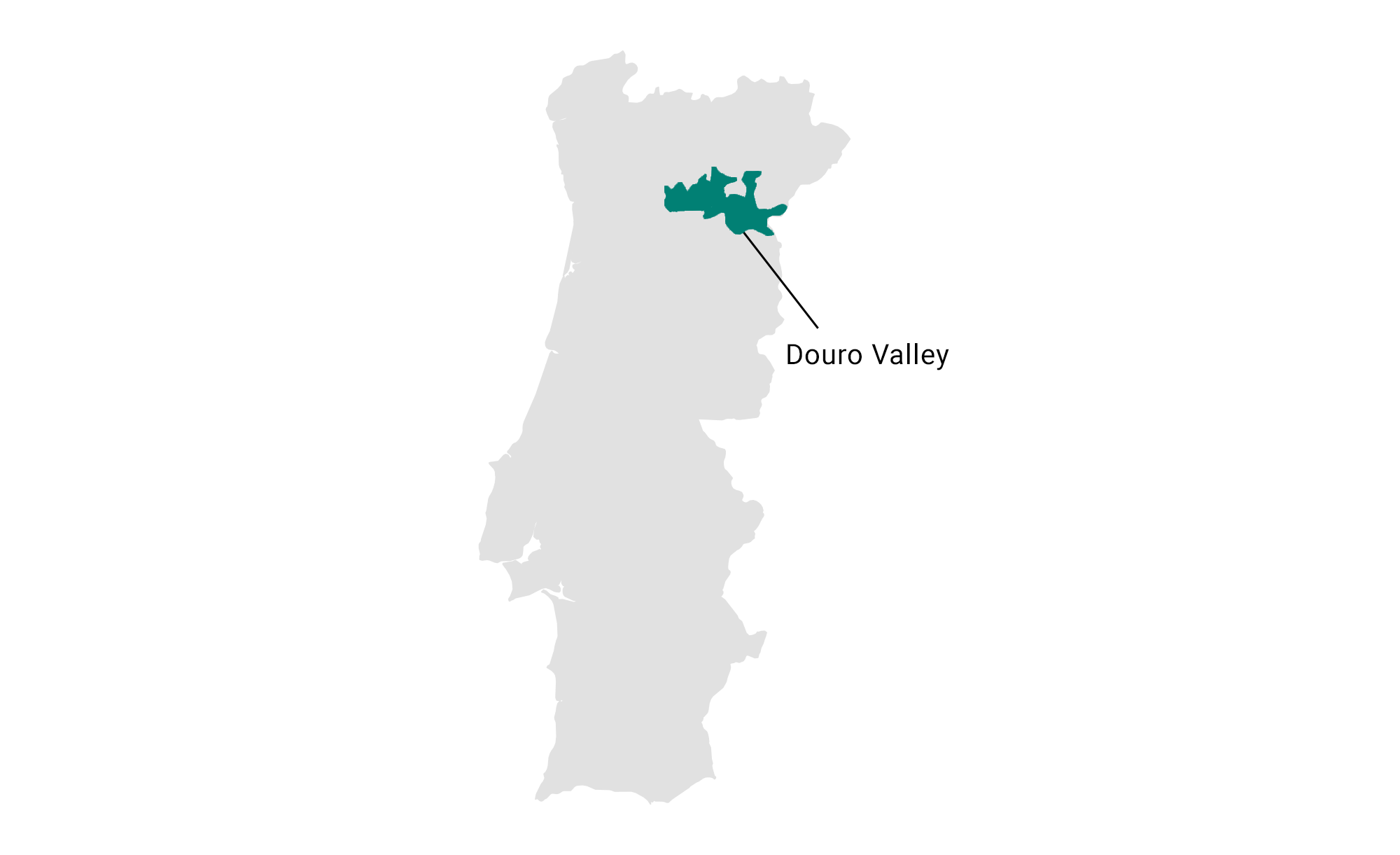
In Portugal, Tempranillo is known as Tinto Roriz and is grown in the Douro Valley region in the north. The Douro Valley primarily produces Port wines that are a blend of Tinto Roriz and four other varieties: Touriga Nacional, Touriga Franca, Tinta Barroca, and Tinta Cão. These wines are deeply colored, full-bodied, high in tannin, and have rich black fruit flavors. Some dry red wines are also made here.
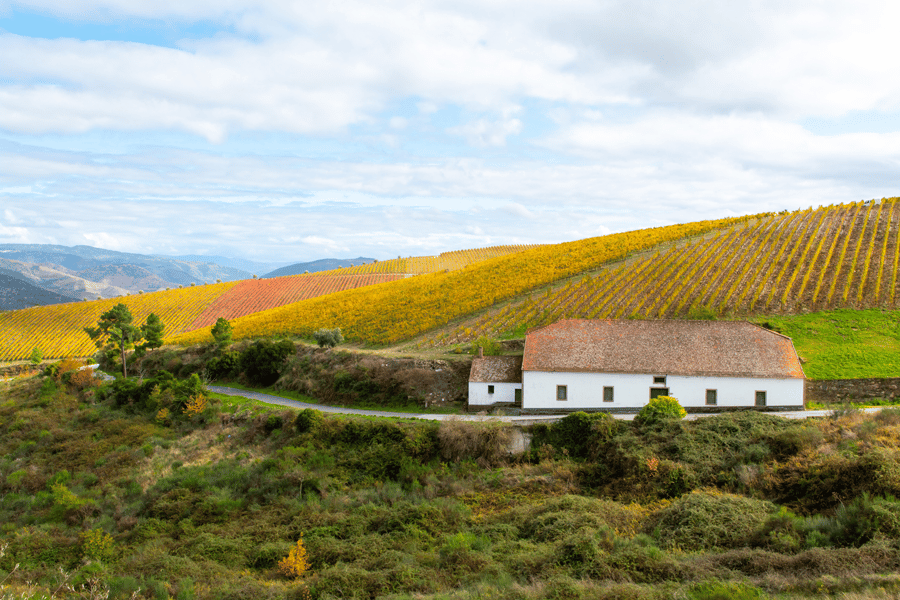
Other regions
Beyond Spain and Portugal, Tempranillo is grown in small amounts in France, Australia, California, and Washington state.
Recommended food pairings
Savory qualities, medium tannin, and moderate levels of acidity make Tempranillo a great food wine. Depending on how long the wine is aged, it may go better with different dishes.
There is a common saying when it comes to pairing wine and food — "if it grows together it goes together". Classic Spanish cuisine such as cured meats, lamb, pork, manchego cheese, and roasted vegetables all pair wonderfully. Tapas and Tempranillo is another classic combination. From olives to croquettes, choose a younger Tempranillo with a little less oak to pair with your tapas.
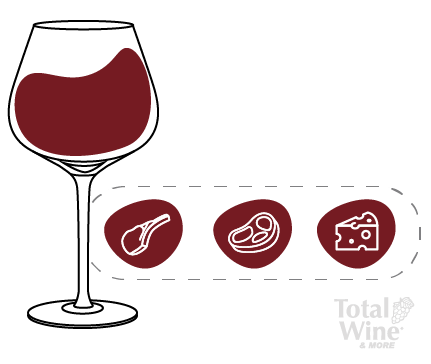
Beyond Spanish cuisine, Tempranillo goes well with tomato-based dishes such as pizza, lasagna, and pasta arrabbiata. You can also pair Tempranillo with spicy foods such as mild to medium curries.
How to store, serve, & enjoy
Tempranillo is best served at 60 to 65 degrees Fahrenheit, which is considered room temperature in the wine world. To achieve this ideal temp, place your bottle in the refrigerator for 20 minutes before opening it.
Most red wine benefits from a little time to breathe. Using a decanter allows the wine time to come in contact with oxygen and bring out all the flavors and aromas. When you are ready to pour, a standard red wine glass is perfect. A large bowl that tappers to the lip will capture aromas in the glass.
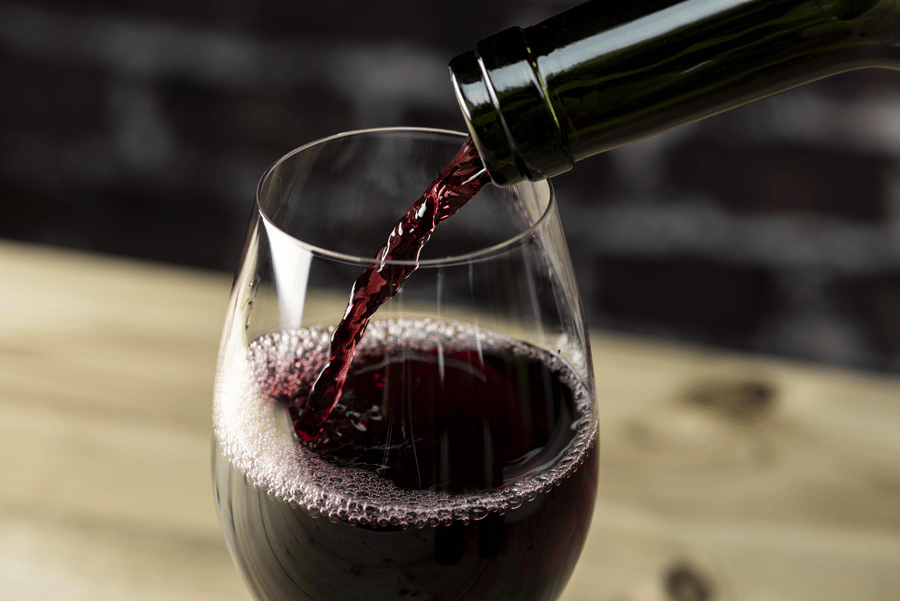
Ready to try a bottle? Check out our selection here. If you want to dive deeper into the wines of Spain, check out our guides to Spanish wine regions and Spanish red wines.

